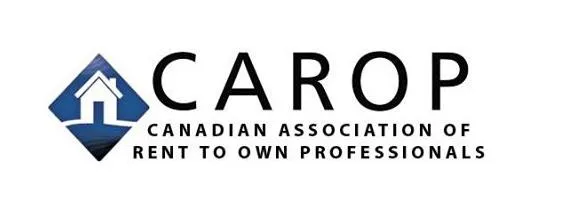




Did you get your “loaned” money back?
Did you get your “loaned” money back from the government?
As a Canadian taxpayer, one of the most important tasks you have every year is to file your income tax return. Not only does this allow you to fulfill your legal obligation to the Canada Revenue Agency (CRA), but it also provides you with an opportunity to reduce your taxes for the following year. In this blog post, we'll explore some strategies for using your tax return to lower your taxes in Canada.

Contribute to an RRSP
One of the most effective ways to reduce your taxes for the following year is to contribute to a Registered Retirement Savings Plan (RRSP). RRSP contributions are tax-deductible, which means that you can deduct the amount you contribute from your taxable income. This can result in significant tax savings, especially if you're in a high tax bracket.
For example, let's say you earned $80,000 in 2022 and you contributed $10,000 to your RRSP. Your taxable income for the year would be reduced to $70,000, which would result in a lower tax bill. Depending on your province or territory of residence, your tax savings could be anywhere from 20% to 50% of your contribution.
Claim your deductions and credits
Another way to reduce your taxes for the following year is to claim all the deductions and credits you're entitled to. Deductions are expenses that you can subtract from your taxable income, while credits are amounts that reduce the amount of tax you owe.
Some common deductions and credits include:
Medical expenses
Charitable donations
Childcare expenses
Education expenses
Transit passes
Home office expenses
By claiming these deductions and credits on your tax return, you can lower your taxable income and reduce your tax bill for the following year.
Invest in a TFSA
While RRSPs are a great way to reduce your taxes for the following year, they're not the only tax-advantaged investment vehicle available to Canadians. Another option is the Tax-Free Savings Account (TFSA). Unlike RRSPs, contributions to a TFSA are not tax-deductible, but any investment growth or income earned within the account is tax-free.
This means that you can use a TFSA to generate tax-free income or capital gains, which can help to reduce your taxes in the long run. For example, if you invest $10,000 in a TFSA and earn a 5% return, you'll have $10,500 in the account after one year. If you withdraw this money, you won't owe any tax on the $500 in investment gains.
Plan ahead
Finally, it's important to plan ahead if you want to use your tax return to reduce your taxes for the following year. This means keeping track of your income, expenses, and investments throughout the year, so you can take advantage of any tax-saving opportunities that arise.
For example, if you know that you'll have a lot of medical expenses in a given year, you can keep track of them and claim them as a deduction on your tax return. Similarly, if you're planning to make a charitable donation, you can time it so that it falls in a year when you'll benefit the most from the tax credit.
In conclusion, using your tax return to reduce your taxes for the following year is a smart financial strategy for Canadians. By contributing to an RRSP, claiming your deductions and credits, investing in a TFSA, and planning ahead, you can lower your tax bill and keep more money in your pocket. It's never too early to start thinking about next year's taxes, so why not get started today?
Disclaimer - we are not tax experts - contact an expert before using any information provided
